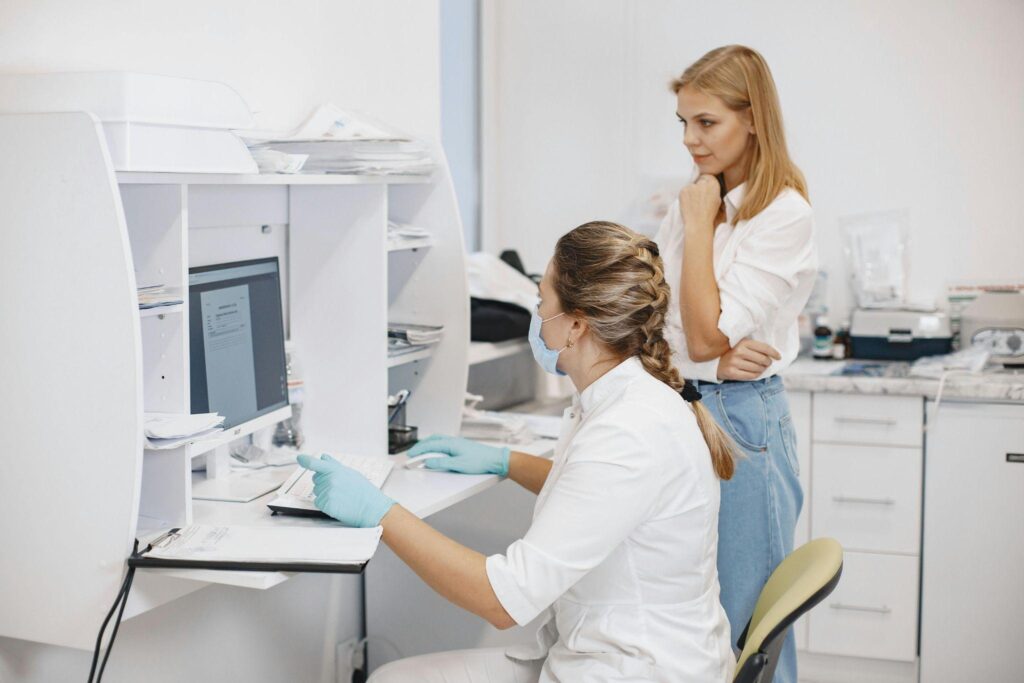Medical scribes record patient events for clinicians. As medical technology improves, scribes can work remotely or in person. Both professions are needed to update patient data, but their work environments, duties, and talents differ. Websites like scribe-x.com provide information and resources to assist you in choosing a scribe function for your career goals.
Working in person vs. working from home
The environment greatly differs between scribe work done in person and remotely. Scribes who work in person at hospitals and private practices write down what happens during patient appointments in real time for doctors. In the clinic, scribes must help healthcare teams.
Remote scribes do their work from home or another location. They can look at patient records and talk to clinicians using telemedicine and digital health systems. Using virtual meetings or phone discussions with healthcare providers, remote scribes write down medical information as it happens.
What you have to do at work
Scribes working from home and in person must accurately record patient visits, even though their jobs may differ depending on where they work. Doctors often need people to input directly into an EHR system while they chat with patients. Scribes also need to help keep medical records and patient charts up to date.
Digital technology lets remote scribes write down what happens with patients. They can get audio or video recordings of patient visits or participate in telemedicine sessions. This capability lets them capture the visit in real time without being present. Remote scribes can also handle patient information and talk to doctors using encrypted messaging, emails, and video calls.
Skills needed for remote and In-person scribes
Scribes who operate remotely or face-to-face must possess the ability to focus on details, possess extensive medical knowledge, and communicate effectively with others. Remote scribes may require telemedicine platforms, secure communication tools, and assistance with technology. They must be able to work independently since they rarely collaborate with the healthcare team. But in-person scribes have to talk to doctors, nurses, and other medical workers all the time. They should also be able to work at a lot of clinics and see patients and medical teams more often.
Flexibility and a good work-life balance
One of the best things about working as a remote scribe is that you may be flexible. Scribes operating from home can choose their hours and balance work and family life. People who want to balance work and life would like this. However, remote scribing could take more work and time management.
On the other hand, in-person scribes follow the medical facility’s schedule. This type of job is less flexible but has a more structured work atmosphere, which can be good for people who like having a routine.
Choose a Scribe Role
Healthcare benefits from both in-person and remote scribe positions. The choice depends on your lifestyle, career goals, and tastes. Remote jobs are flexible, while those that require you to be there in person are regimented and direct.
Image attributed to Pexels.com

